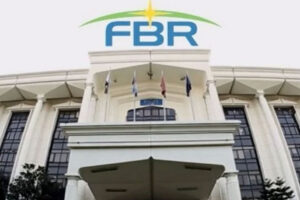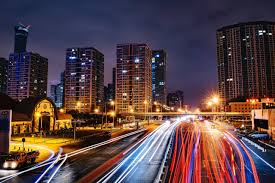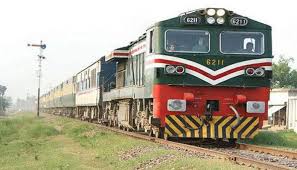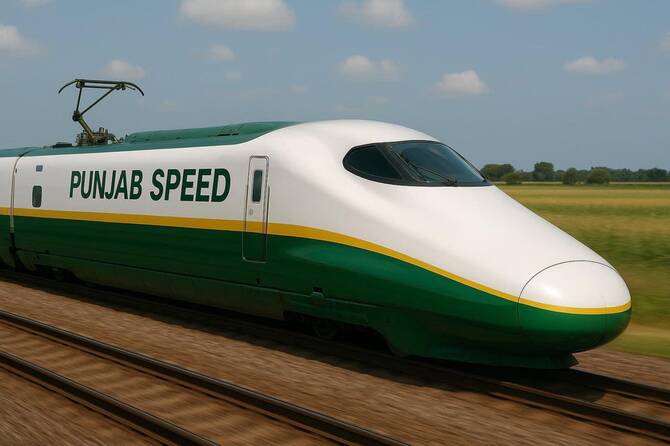Pakistan bullet train by 2030 has become the talk of transport and infrastructure circles, and for good reason. With a proposed high-speed link between Lahore and Karachi, the plan promises faster journeys, safer travel, and wider economic gains. Moreover, it signals a push to modernize rail, reduce road congestion, and connect major population hubs more efficiently.
Project overview
Pakistan bullet train by 2030 outlines a high-speed corridor designed to cut the Lahore–Karachi travel time to roughly five hours. The proposal includes double-track upgrades, advanced signaling, and stronger bridges to support higher speeds and reliability. In addition, planners have flagged major stops to serve key cities and improve regional access to jobs and services.
Why it matters now
Pakistan bullet train by 2030 arrives at a moment when logistics, energy costs, and urban mobility need fresh solutions. Consequently, a fast intercity rail can shift travelers off highways, reduce fuel use, and lower emissions. Even better, freight capacity improvements on parallel lines can strengthen supply chains and reduce delivery times for businesses.
Key features at a glance
-
High-speed target: Pakistan bullet train by 2030 aims for top speeds around modern HSR benchmarks to keep travel times competitive.
-
Major stops: Planned halts in strategic cities will extend benefits beyond the endpoints and spur local development.
-
Safety and reliability: With modern signaling and upgraded tracks, the system intends to minimize delays and improve on-time performance.
-
Operations and comfort: Trains are expected to feature comfortable seating, accessible coaches, and clear digital information for passengers.
Economic impact
Pakistan bullet train by 2030 could create thousands of jobs during construction and operations. Furthermore, it can stimulate real estate near stations, support hospitality and retail, and attract investment along the corridor. As connectivity improves, businesses gain access to larger talent pools and markets, which typically boosts productivity and competitiveness.
Travel experience
Pakistan bullet train by 2030 is designed for a smoother, quieter ride with predictable arrival times. Therefore, travelers who currently rely on long bus or car journeys may switch to rail for convenience and comfort. Additionally, standardized schedules, easy ticketing, and secure stations can enhance the overall user experience and encourage repeat travel.
Logistics and freight spillovers
Although the service focuses on passengers, Pakistan bullet train by 2030 indirectly helps freight by freeing capacity on conventional lines. As a result, rail can win back share from road transport, which reduces wear on highways and lowers the cost of moving goods. Over time, that shift supports export competitiveness and improves supply reliability for domestic industries.
Urban and regional development
Pakistan bullet train by 2030 can anchor transit-oriented growth around station districts. In turn, well-planned mixed-use areas near stations can shorten commutes, increase foot traffic for local businesses, and improve access to public services. Crucially, coordinated city planning around stations is what converts rail access into inclusive, sustainable growth.
Environmental considerations
Pakistan bullet train by 2030 supports lower per-passenger emissions compared with long-distance car or bus travel. Additionally, electrified rail—when paired with a cleaner power mix—can reduce air pollution and noise along highways. While construction has environmental impacts, mitigation plans and careful routing help manage those effects.
Challenges and risk management
-
Financing: Pakistan bullet train by 2030 will require substantial upfront capital; thus, transparent funding structures and phased delivery can lower risk.
-
Execution: Large rail projects demand strong project management, contractor oversight, and safety audits to stay on schedule and budget.
-
Operations: Training skilled staff, setting maintenance standards, and ensuring parts availability are essential for reliability after launch.
-
Affordability: Fare policy must balance cost recovery with accessibility to keep trains viable and widely used.
International parallels
Pakistan bullet train by 2030 follows a pattern seen in countries that adopted high-speed rail to connect economic hubs. Typically, lines that link large, high-demand cities with intermediate stops show strong ridership—especially when end-to-end time beats door-to-door car travel. Lessons from these systems stress integration with local transport and frequent, dependable service.
Connectivity with other modes
Pakistan bullet train by 2030 will work best when aligned with airports, metro lines, buses, and ride-hailing. Seamless transfers reduce total journey time and make the train the default choice for intercity travel. Hence, coordinated timetables and unified ticketing can dramatically increase adoption.
What success looks like
If executed well, Pakistan bullet train delivers:
-
Reliable five-hour Lahore–Karachi journeys with minimal delays.
-
Strong ridership growth within the first two years.
-
Noticeable freight relief on legacy lines due to modal shifts.
-
Station-area redevelopment that supports jobs and services.
-
Measurable reductions in highway congestion and fuel consumption.
Roadmap and governance
Clear milestones matter. Pakistan bullet train should publish phased targets: design completion, land and environmental approvals, procurement awards, main works, systems integration, testing, and commissioning. Importantly, independent oversight—plus regular progress dashboards builds public trust and keeps delivery teams accountable.
Public engagement
Open communication helps maintain momentum. Pakistan bullet train can host stakeholder briefings, publish FAQs, and share construction timelines to reduce uncertainty for communities and businesses. Likewise, transparent fare policies and service commitments will set expectations early and fairly.
Conclusion
Pakistan bullet train by 2030 represents a bold bet on faster, safer, and cleaner mobility between two of the country’s most important cities. With disciplined planning, strong governance, and steady execution, the project can reshape travel patterns, support growth, and improve quality of life. Ultimately, its success will hinge on timely delivery, dependable service, and seamless links to the broader transport network.

















